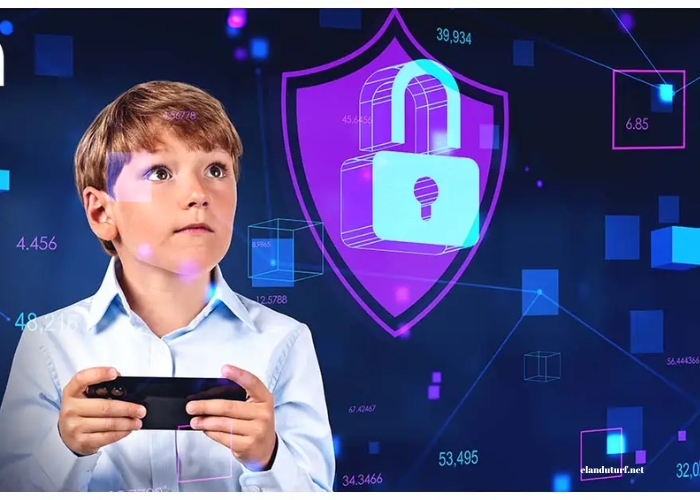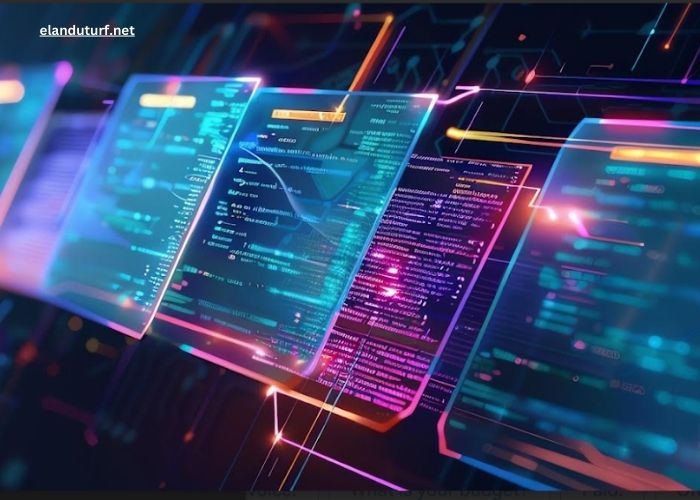In an age where our lives are increasingly intertwined with technology, the importance of cybersecurity cannot be overstated. With the proliferation of digital devices and online services, the risk of cyber threats has escalated dramatically. From identity theft to data breaches, cybercriminals are constantly developing new methods to exploit vulnerabilities. This article delves into the essentials of cybersecurity, offering practical advice on how to safeguard your digital life effectively.
Understanding Cybersecurity
Cybersecurity encompasses the practices, technologies, and processes designed to protect computers, networks, programs, and data from damage, theft, or unauthorized access. The primary goal of cybersecurity is to ensure the confidentiality, integrity, and availability of information. In a broader sense, cybersecurity also addresses the growing concerns related to the use of technology in our daily lives, including privacy issues and the ethical use of data.
Types of Cyber Threats
To understand how to protect yourself, it’s essential to be aware of the various types of cyber threats:
- Malware: Short for malicious software, malware includes viruses, worms, trojans, and spyware. It is designed to disrupt, damage, or gain unauthorized access to computer systems.
- Phishing: Phishing attacks involve fraudulent emails or messages that appear to be from legitimate sources, tricking individuals into providing sensitive information such as passwords or credit card numbers.
- Ransomware: Ransomware is a type of malware that encrypts a user’s files and demands payment to restore access. It can cause significant disruptions to both individuals and businesses.
- Denial of Service (DoS) Attacks: In a DoS attack, the perpetrator overwhelms a system with traffic, rendering it unusable. This can be particularly harmful for businesses that rely on online services.
- Data Breaches: A data breach occurs when unauthorized individuals gain access to sensitive information, often resulting in the exposure of personal data such as social security numbers, bank details, and other confidential information.
- Social Engineering: This technique involves manipulating individuals into divulging confidential information by exploiting human psychology rather than technical vulnerabilities.
Importance of Cybersecurity
The significance of cybersecurity extends beyond individual users; it affects organizations, governments, and economies. Here are some key reasons why cybersecurity is critical:
- Protection of Personal Information: With the amount of personal information shared online, individuals must take measures to protect their data from cybercriminals.
- Business Continuity: For organizations, a cyberattack can disrupt operations, leading to financial losses and reputational damage. Implementing strong cybersecurity measures ensures business continuity.
- Legal Compliance: Many industries are subject to regulations that require specific cybersecurity protocols. Non-compliance can result in severe penalties.
- Maintaining Trust: Consumers are more likely to trust businesses that prioritize cybersecurity. Building trust is essential for long-term customer relationships.
- National Security: Cybersecurity is a matter of national interest, as cyberattacks can target critical infrastructure, leading to widespread disruption.
Essential Cybersecurity Practices
To safeguard your digital life effectively, consider implementing the following essential cybersecurity practices:
Use Strong, Unique Passwords
One of the simplest yet most effective ways to enhance your cybersecurity is to use strong, unique passwords for all your accounts. A strong password typically includes:
- A minimum of 12 characters.
- A mix of uppercase and lowercase letters, numbers, and special symbols.
- Avoid common words, phrases, or easily guessable information like birthdays.
Consider using a password manager to generate and store complex passwords securely.
Enable Two-Factor Authentication (2FA)
Two-factor authentication adds an extra layer of security to your accounts. It requires not only your password but also a second form of identification, such as a text message or authentication app code. Enabling 2FA can significantly reduce the risk of unauthorized access to your accounts.
Keep Software and Devices Updated
Regularly updating your operating system, applications, and devices is crucial for protecting against cyber threats. Software updates often include security patches that fix vulnerabilities that hackers may exploit. Enable automatic updates where possible to ensure you’re always protected.
Be Cautious with Emails and Links
Phishing attacks are prevalent, and many individuals fall victim to them. Always scrutinize emails, especially those requesting sensitive information or prompting you to click on links. Look for signs of phishing, such as misspellings, unfamiliar senders, and suspicious URLs. When in doubt, verify the sender before responding or clicking on any links.
Use Secure Wi-Fi Networks
Public Wi-Fi networks can be a breeding ground for cybercriminals. Avoid accessing sensitive information, such as online banking or shopping, while connected to public Wi-Fi. If you must use public Wi-Fi, consider using a Virtual Private Network (VPN) to encrypt your internet connection and protect your data.
Backup Your Data Regularly
Regular data backups can be a lifesaver in the event of a ransomware attack or data loss. Use both cloud storage and external hard drives to maintain copies of essential files. Ensure that your backups are encrypted and stored securely to prevent unauthorized access.
Install Antivirus and Anti-Malware Software
Antivirus and anti-malware software can help detect and remove malicious programs from your devices. Keep this software updated to ensure it can combat the latest threats. Schedule regular scans to maintain optimal protection.
Educate Yourself and Others
Cybersecurity is not just a technical issue; it’s also a human one. Educate yourself and those around you about the various types of cyber threats and how to avoid them. Consider participating in cybersecurity awareness programs or workshops to stay informed about the latest trends and threats.
Monitor Your Accounts Regularly
Regularly reviewing your bank statements, credit reports, and online accounts can help you spot any unauthorized activity early. If you notice anything suspicious, report it immediately to your financial institution or the relevant authorities.
Use Privacy Settings Wisely
Take advantage of privacy settings on social media platforms and other online services. Limit the amount of personal information shared publicly and be cautious about friend requests or messages from unknown individuals.
Cybersecurity at the Organizational Level
While individual practices are crucial, organizations must also prioritize cybersecurity to protect sensitive data and maintain operational integrity. Here are some key strategies for businesses:
Develop a Cybersecurity Policy
Organizations should create a comprehensive cybersecurity policy outlining the protocols and procedures employees must follow. This policy should cover password management, data handling, and incident reporting.
Conduct Regular Security Audits
Regular security audits can help identify vulnerabilities within an organization’s systems and processes. Use these audits to implement necessary improvements and updates.
Train Employees
Employee training is essential in fostering a security-conscious culture within an organization. Conduct regular training sessions to educate staff about cybersecurity threats and safe practices.
Implement Access Controls
Limit access to sensitive data based on the principle of least privilege. Only those who require access to specific information for their roles should be granted permission. Regularly review access controls to ensure compliance.
Invest in Cybersecurity Solutions
Organizations should consider investing in advanced cybersecurity solutions, such as firewalls, intrusion detection systems, and endpoint protection. These tools can help safeguard against sophisticated cyber threats.
The Future of Cybersecurity
As technology continues to evolve, so do the tactics used by cybercriminals. The future of cybersecurity will likely involve advancements in artificial intelligence (AI) and machine learning, enabling faster detection and response to threats. Additionally, as more devices become interconnected through the Internet of Things (IoT), the need for robust cybersecurity measures will become increasingly critical.
Conclusion
In our digital world, cybersecurity is an essential aspect of daily life. By understanding the types of threats and implementing best practices, individuals and organizations can significantly reduce the risk of falling victim to cyberattacks. Prioritizing cybersecurity not only protects sensitive information but also fosters trust and ensures the integrity of digital interactions. As technology continues to advance, remaining vigilant and proactive in safeguarding your digital life will be paramount. By adhering to these cybersecurity essentials, you can navigate the digital landscape confidently and securely.




